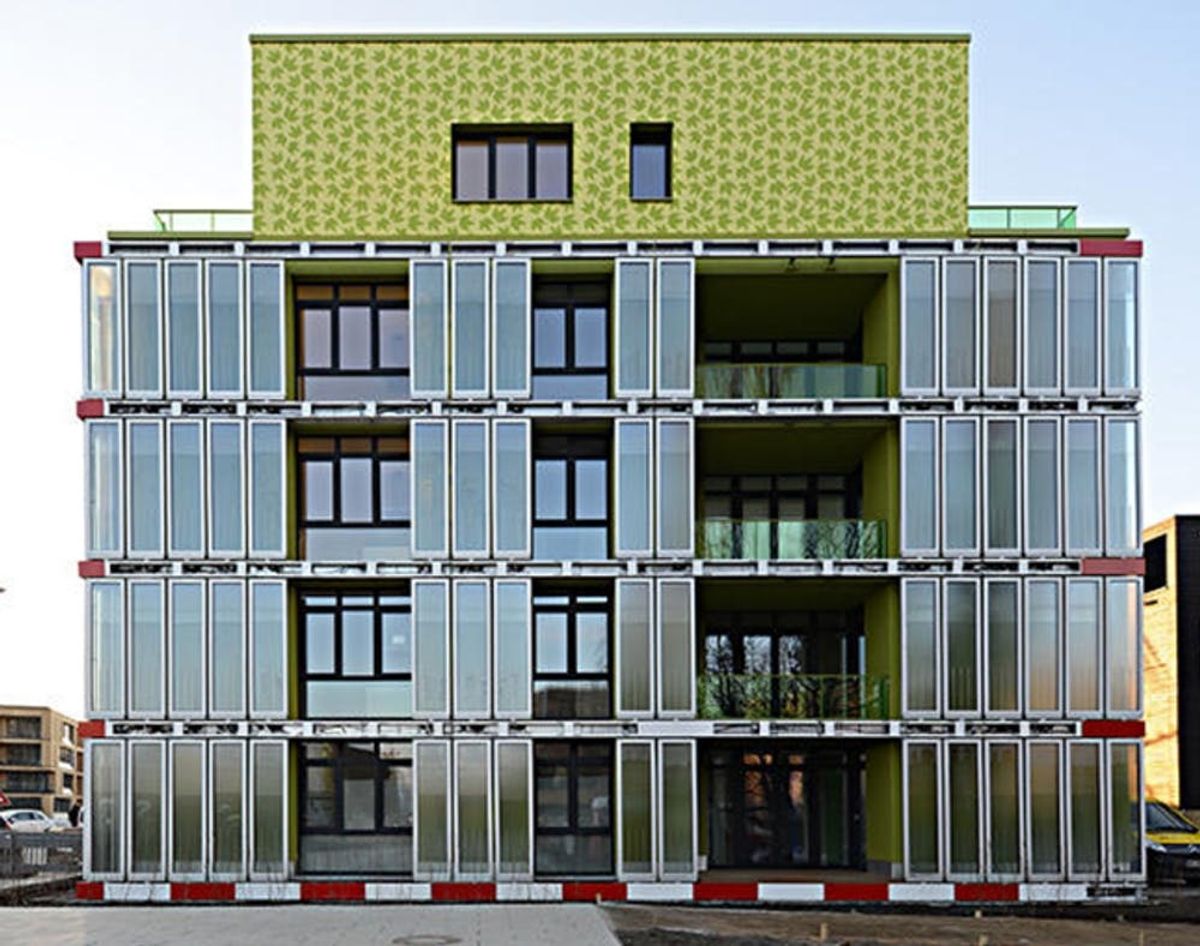While buildings, roadways and products have jumped on the solar energy bandwagon, German designers and architects have a different focus: Algae.
This Apartment Complex is Powered by… Algae?!

Eco-friendly design is reaching new heights. While buildings, roadways and products have jumped on the solar energy bandwagon, German designers and architects have a different focus: Algae.
The Bio Intelligent Quotient (BIQ) apartment complex in Hamburg has been running on algae for just over a year. The building uses the microorganism as an in-house energy source and relies entirely on renewable energy. While solar panels were used on the roof, the building’s main feature involves algae-filled walls. The wall panels provide heat through photosynthesis plus control the light and shade of the building. Basically, the walls are alive — and they change color. Residents of the 15 apartments are happily living in the building that made history, but are algae-powered structures practical long term?
BIQ was built as an experiment, but Jan Wurm of Arup (one of the companies behind the project) explains the advantages and complications with moving forward on future projects involving algae energy. Astronomical upfront costs are the biggest setback. The sustainable building (and vertical terrarium) was not cheap — the facade costs $6.58 million alone, with total expenses costing $2,500 per square meter. But it may be worth the moolah. Algae reduces CO2 emissions out of the atmosphere and obviously reduces energy needs. It’s a completely self-sufficient structure that absorbs sunlight and provides natural shade.
Now that an entire apartment building has proven to be successful, we foresee lots of stuff being powered by algae in the future. Take washing machines and dryers. If they were ran by the plant, we’d have less bills to pay and pretty sweet looking appliances…. and we could make lots of jokes about how Swamp Thing lives in the closet, which is really the most important thing here.
Would you live in an algae-powered apartment complex? Let us know your thoughts in the comments below!
(h/t: Fast Company)


















